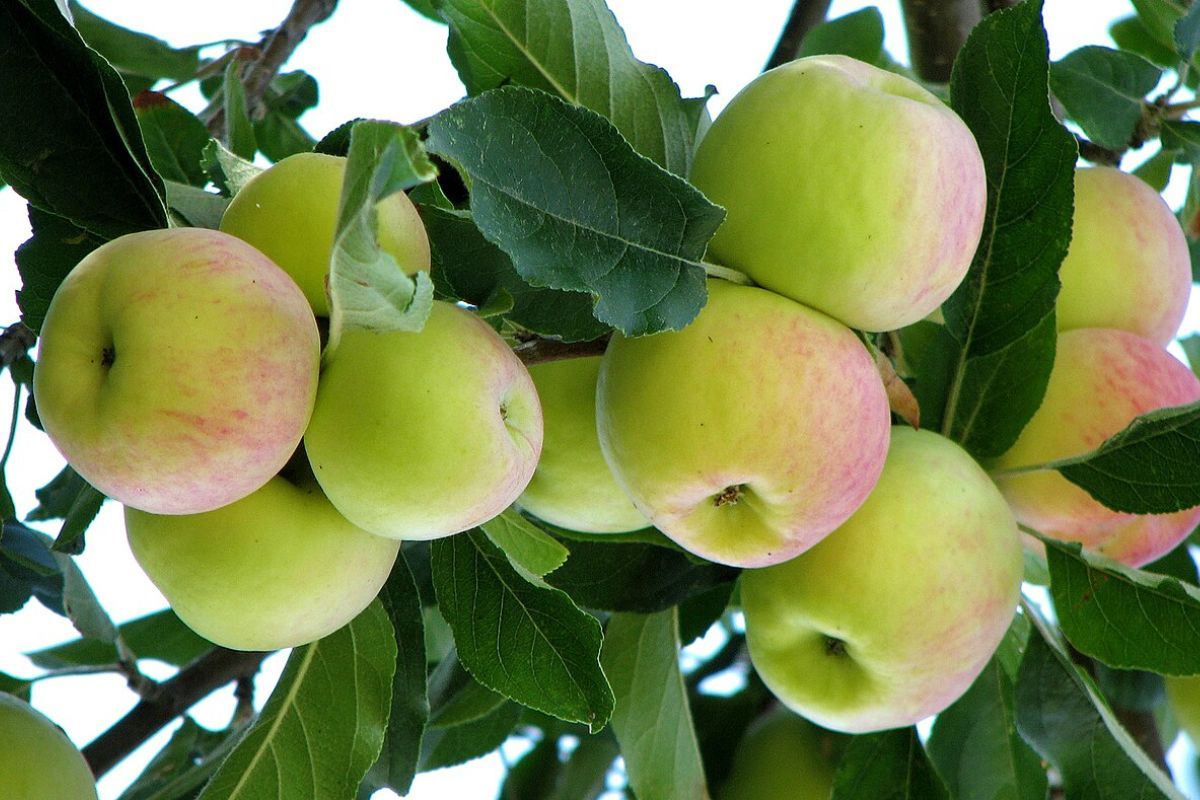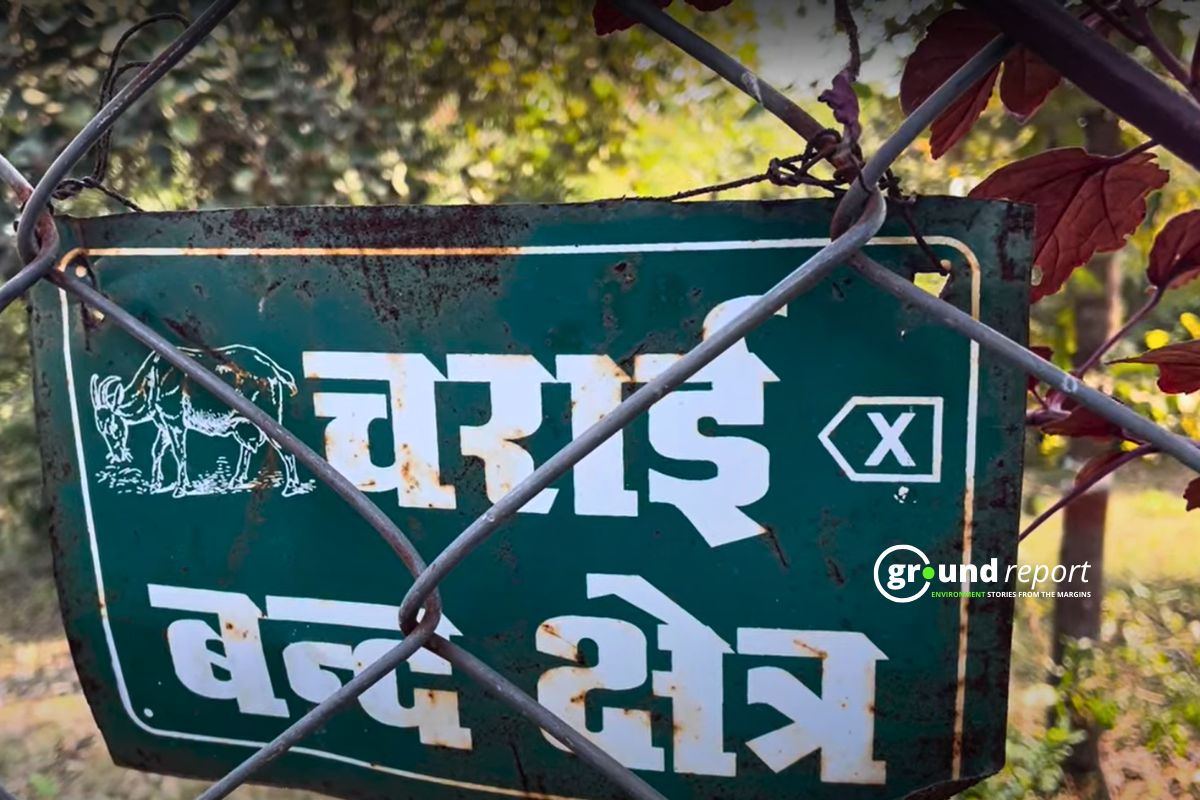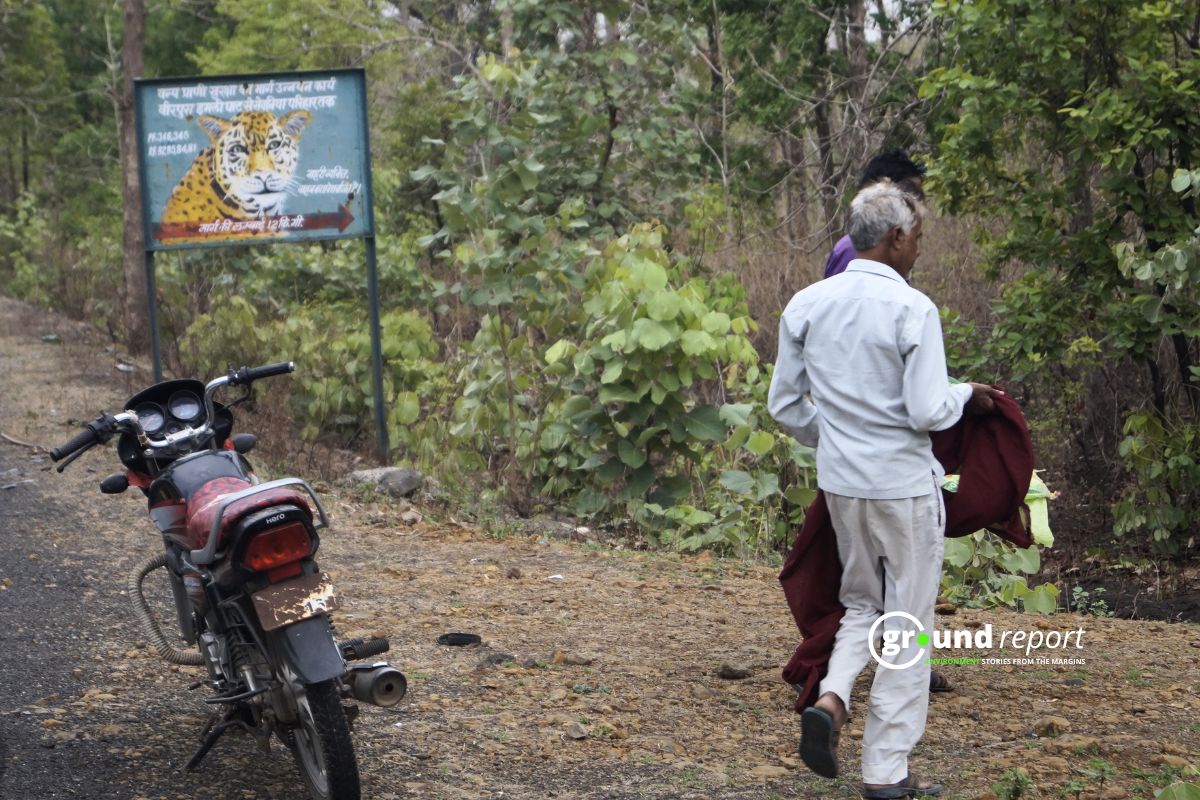The horticulture industry of Uttarakhand, known for apples, pears, and orchard bounties, is suffering due to climate change. Over the past seven years, fruit production has plummeted, with temperate crops like apples, pears, and stone fruits being severely affected.
Uttarakhand’s horticulture prowess yields a variety of fruits—from high-altitude apples to valley mangoes—thanks to its diverse climates and terrains. Climate shifts have disrupted this balance, leaving farmers with unfamiliar challenges and an uncertain future.
According to Climate Central, there has been a significant decline in horticulture area and fruit production in Uttarakhand. Fruits like peach, apricot, plum, and walnut have seen the biggest drop in high-altitude Himalayan regions, and apple and lemon production has also decreased.
Temperate fruits such as pear, apricot, plum, and walnut, which are cultivated in the higher altitudes of the Himalayas, have seen the most significant drop in production. Apples and lemons have been moderately affected. The area under apple production decreased from 25,201.58 hectares in 2016-17 to 11,327.33 hectares in 2022-23, with a corresponding 30 percent decline in yield. The yield of lemon varieties has shrunk by 58 percent. Tropical fruits were less impacted.
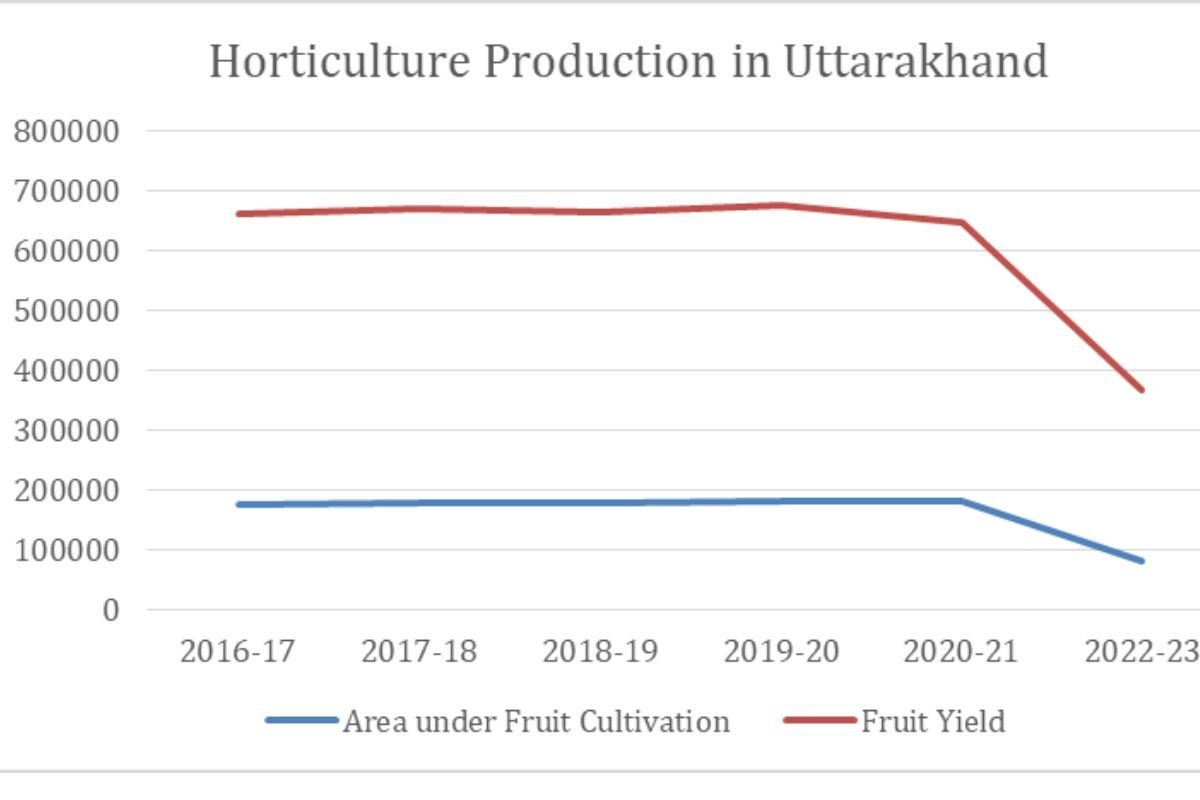
Despite a nearly 49 and 42 percent reduction in cultivation area, the production of mango and litchi remained relatively stable, with slight declines of 20 and 24 percent respectively. Conversely, guava showed a notable increase of 36.64 percent in production area, from 3,432.67 hectares in 2016-17 to 4,690.32 hectares in 2022-23. Gooseberry and guava demonstrated significant rises in yield, marked by 63.77 percent and 94.89 percent respectively, indicating positive trends for these fruits during the same period.
The variations in fruit production area in Uttarakhand between 2016-17 and 2022-23 reveal striking shifts in cultivation patterns across different fruit types. The substantial reductions in certain fruit varieties over the past seven years suggest changes in agricultural strategies, land allocation, market dynamics, and possibly environmental influences affecting specific fruits. The increase in the production of guava and gooseberry indicates a shift in focus towards fruit types that are better attuned to market demand or local conditions.
Impact of Warming on Horticulture Production
The total fruit cultivation area has dropped by 54% since 2016-17, from 177,323.5 hectares to 81,692.58 hectares in 2022-23, according to the Department of Horticulture. Simultaneously, the state’s total fruit yield has decreased by 44%, from 662,847.11 metric tonnes to 369,447.3 metric tonnes over the same period.
Changes in Fruit Production in Uttarakhand (2016-17 to 2022-23)
| Fruit | Change in Area under Horticulture (%) | Change in Production (%) |
|---|---|---|
| Walnut | -67 | -53 |
| Guava | 37 | 95 |
| Peach | -30 | -38 |
| Mango | -42 | -24 |
| Plum | -70 | -65 |
| Karonda (Carissa) | -23 | 64 |
| Apricot | -71 | -69 |
| Pear | -72 | -74 |
| Citrus Species | -53 | -58 |
| Litchi | -50 | -21 |
| Apple | -55 | -30 |
The impact on fruit varieties is alarming. Pear production has been decimated, with a 71.61% reduction in cultivation area and a 74.1% drop in yield. Apricots, plums, and walnuts have seen yields crashing by 69.01%, 65.18%, and 52.69%. The apple, once a pillar of Uttarakhand’s horticulture economy, has suffered a 55.05% contraction in cultivation area and a 30.18% decline in yield.
District Wise Variation in Area and Yield of Major Fruit Crops between 2016-17 and 2022-23
Districts | % change in area | % change in yield |
Tehri | -75.61 | -24.77
|
Dehradun | -68.68 | -19.75
|
Almora | -66.85 | -83.88
|
Pithoragarh | -63.65 | -66.24
|
Haridwar | -57.33 | -64.57
|
Pauri | -56.49 | -35.71
|
Champawat | -49.77 | -41.30
|
Uttarkashi | -42.94 | 26.50
|
Bageswar | -32.56 | -39.25
|
Rudraprayag | -28.14 | 11.73
|
Chamoli | -13.33 | -52.94
|
Nainital | -11.27 | -20.75
|
Udhamsingh Nagar | 5.03 | 18.38
|
Temperate fruits suffered, but tropical fruits like mangoes and litchis fared better, with production declines of 24.46% and 20.62%. Guava and gooseberry surged by 94.89% and 63.77% in the past seven years.
The horticulture downturn has impacted Uttarakhand’s districts, with varying severity. Tehri, once a fruit production hub, has seen a 75.61% decrease in cultivation area, but only a 24.77% drop in yield. Almora, known for apples and stone fruits, has been hit hard, with an 83.88% plunge in fruit yield and a 66.85% reduction in cultivation area.
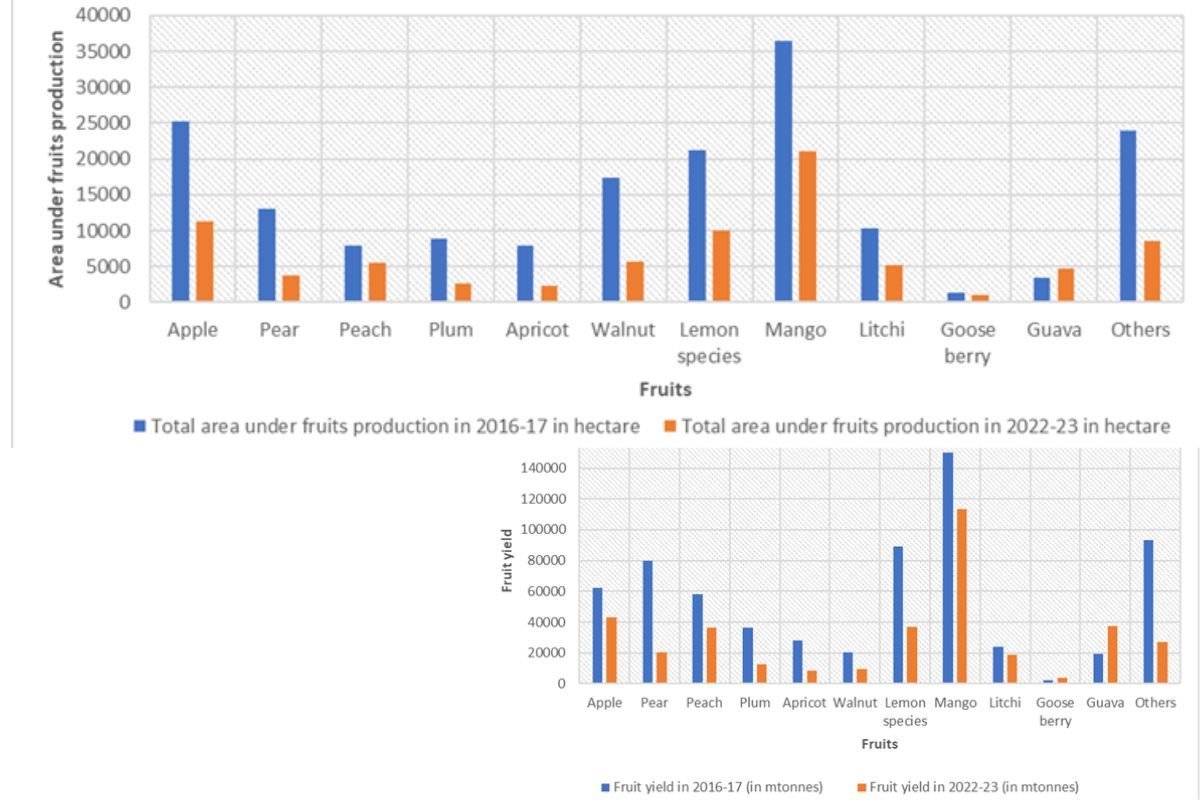
Pithoragarh and Haridwar have been severely impacted, with yield declines of 66.24% and 64.57% and reductions in cultivation area. In contrast, Uttarkashi and Rudraprayag have bucked the trend, with yield increases of 26.5% and 11.73%, despite shrinking cultivation areas.
Warm and dry winters affect production
Climate change is a major factor in the horticulture crisis. Warming temperatures, changes in precipitation, and rapid snow cover retreat have disrupted Uttarakhand’s fruit crop ecosystems. Average temperature in Uttarakhand increased at an annual rate of 0.02 degrees Celsius between 1970 and 2022. The state recorded approximately 1.5-degree Celsius warming over the same period with higher elevations experiencing amplified rates of warming.
Research reveals that relatively warmer winter temperatures in the higher altitudes have accelerated snow melt triggering a rapid decline in snow cover areas. In the past 20 years, winter temperatures at high elevations of the state have increased at the rate of 0.12◦C/decade. Precipitation has fallen by 11.2 mm per decade resulting in a rapid shrinking of Snow Cover Area at the rate of -58.3 km2 /decade. In Uttarkashi, Chamoli, Pithoragarh, Rudra Prayag districts Snow Cover Areas have shrunk by nearly 90-100 km2 in 2020 as compared to 2000.
The consequences of these climate shifts have been profound. Diminishing snow cover—a vital factor for temperate fruit trees—has disrupted dormancy and flowering cycles, resulting in lower yields and poorer fruit quality. In districts like Uttarkashi, Chamoli, and Pithoragarh, snow cover areas have shrunk by 90-100 square kilometers since 2000.
“Traditional temperate crops like high-quality apples need less than 7°C for 1200-1600 hours during dormancy (December-March),” says Dr. Pankaj Nautiyal, Head & Senior Scientist at the ICAR-CSSRI’s Krishi Vigyan Kendra. “Apples need 2-3 times more snowfall than the last 5-10 years for good quality and yield.”
Mohan Chaubatia, a farmer from Ranikhet, echoes these sentiments, lamenting the lack of winter snow and rain as a major hurdle in fruit production. “Lack of winter snow and rain is posing a major hurdle in fruit production,” he says, adding that temperate fruit production in Almora has halved over the past two decades.
Winter chill and snow are the prerequisites for the growth and flowering of fruits like apple, plum, peach, apricot, pear, walnuts, grown in higher altitudes of the Himalayas. While higher temperature in the upper altitudes of the Himalayas is melting snow covers, lack of precipitation in early winter months is preventing fresh snow accumulation depriving temperate fruit trees of their requisite chilling hours thereby, altering the flowering time.
Farmers adapt with new crops
Adapting to the shifting conditions is crucial for Uttarakhand’s horticulture industry as the climate crisis worsens. Some farmers have switched to low-chill apple varieties or replaced temperate fruits with tropical alternatives like kiwis and pomegranates. In Uttarkashi district, high-density mango cultivation has shown promise, yielding high returns.
Comprehensive solutions are needed to safeguard the state’s horticultural heritage and ensure food security. “The short-term temperature variability and trends are concerning. There is a need to study the long-term weather trends and their relation to yield, especially related to any change in crop/cropping pattern,” says Dr. Subash Nataraja, Head of the Division of Agricultural Physics at ICAR-IARI in New Delhi.
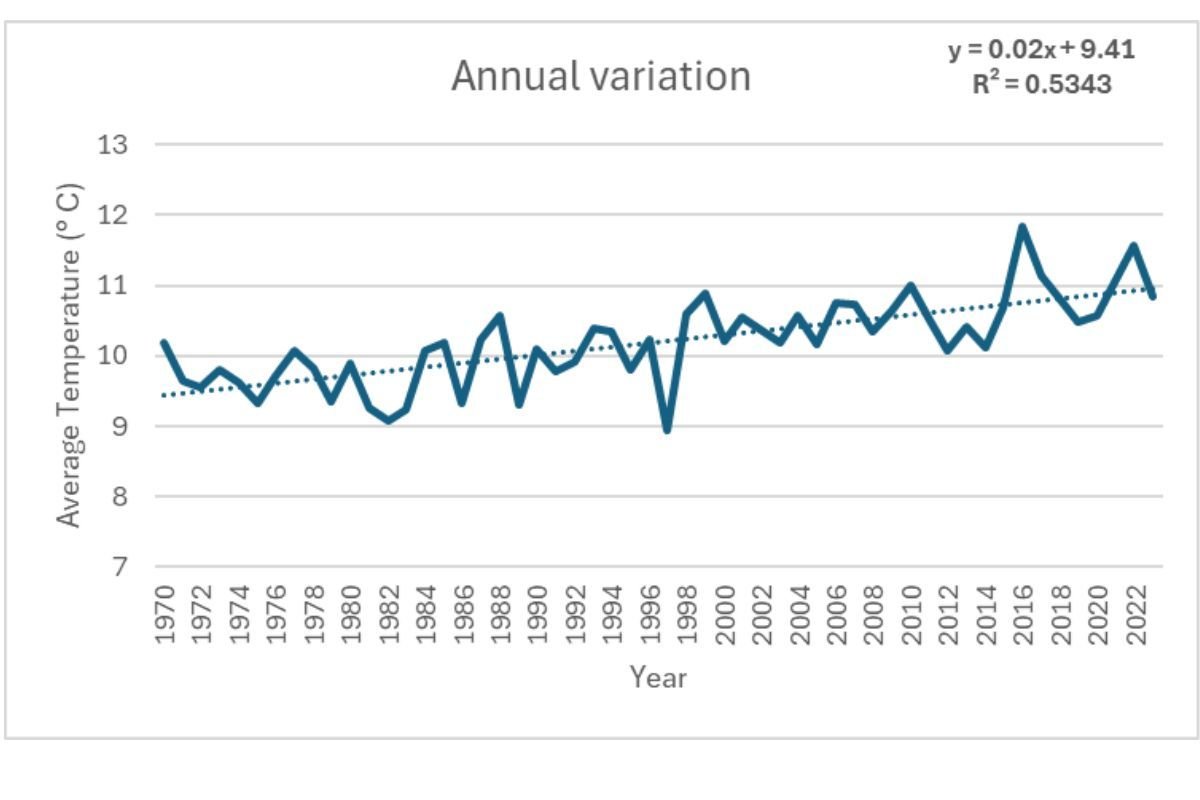
Dr. Nataraja stresses the need for location-specific, climate-resilient varieties and management practices to mitigate climate change impact. He also emphasizes the importance of climate financing to protect farming communities and village-level agromet advisories for informed decision-making.
Efforts to combat climate change and its drivers will be pivotal in preserving Uttarakhand’s horticultural bounty for generations. This includes reducing greenhouse gas emissions and promoting sustainable land-use practices.
The horticulture industry of Uttarakhand reflects the challenges facing global agriculture and food systems. Climate change could have severe impacts on crop yields, food security, and rural livelihoods, especially in vulnerable regions like the Himalayan belt.
The decline in Uttarakhand’s fruit production calls for urgent action to safeguard our food systems and the sustaining communities. Addressing the climate crisis and fostering resilience in the agricultural sector can preserve the horticultural diversity that has been a source of pride and sustenance for the people of Uttarakhand.
Keep Reading
Part 1: Cloudburst in Ganderbal’s Padabal village & unfulfilled promises
India braces for intense 2024 monsoon amid recent deadly weather trends
Support us to keep independent environmental journalism alive in India.
Follow Ground Report on X, Instagram and Facebook for environmental and underreported stories from the margins. Give us feedback on our email id greport2018@gmail.com.
Don’t forget to Subscribe to our weekly newsletter, Join our community on WhatsApp, and Follow our YouTube Channel for video stories.
